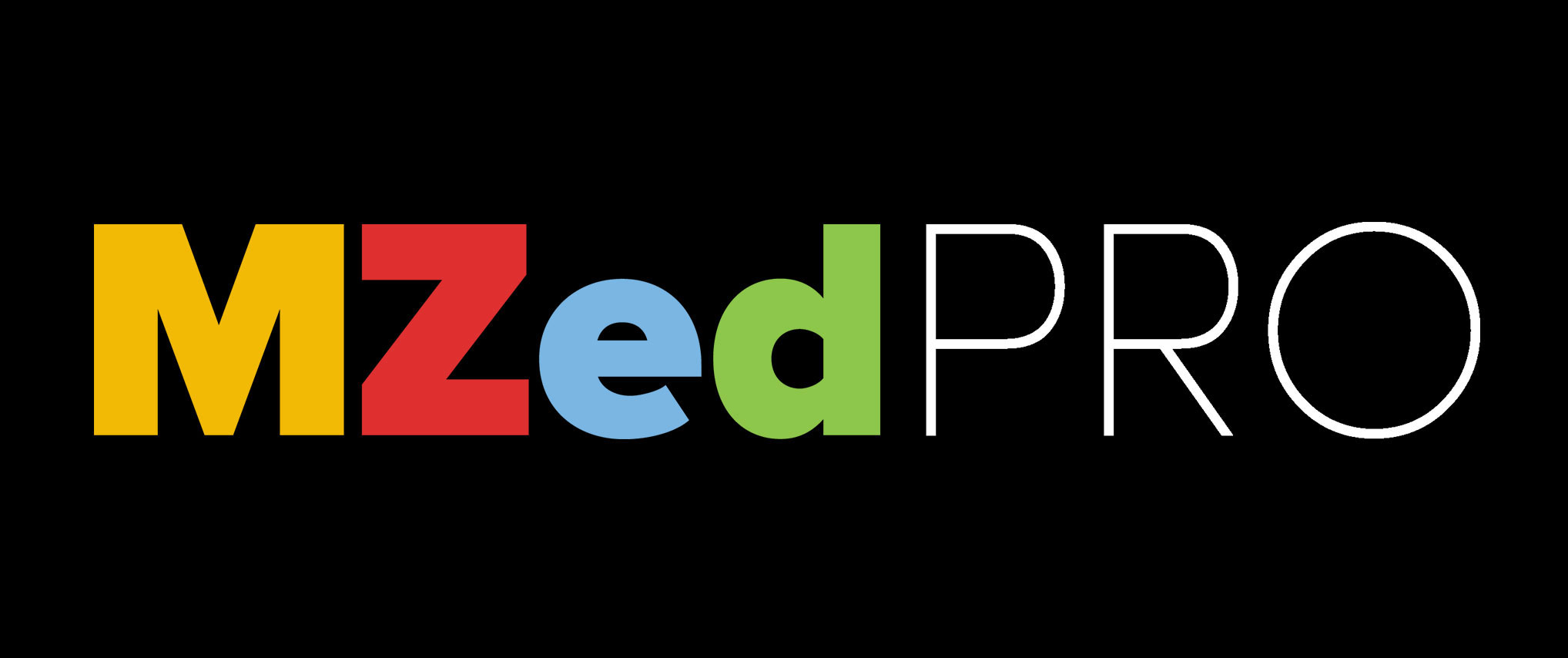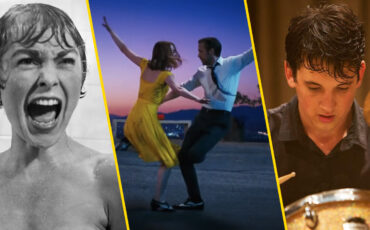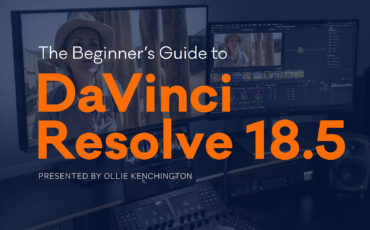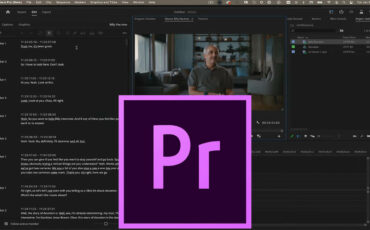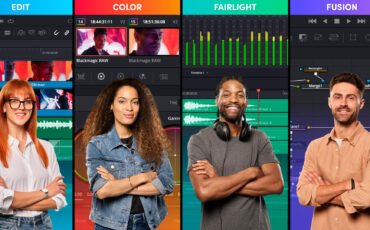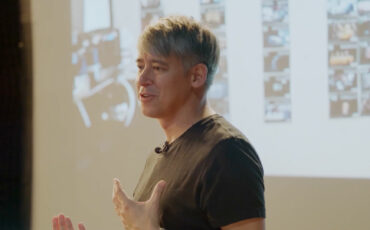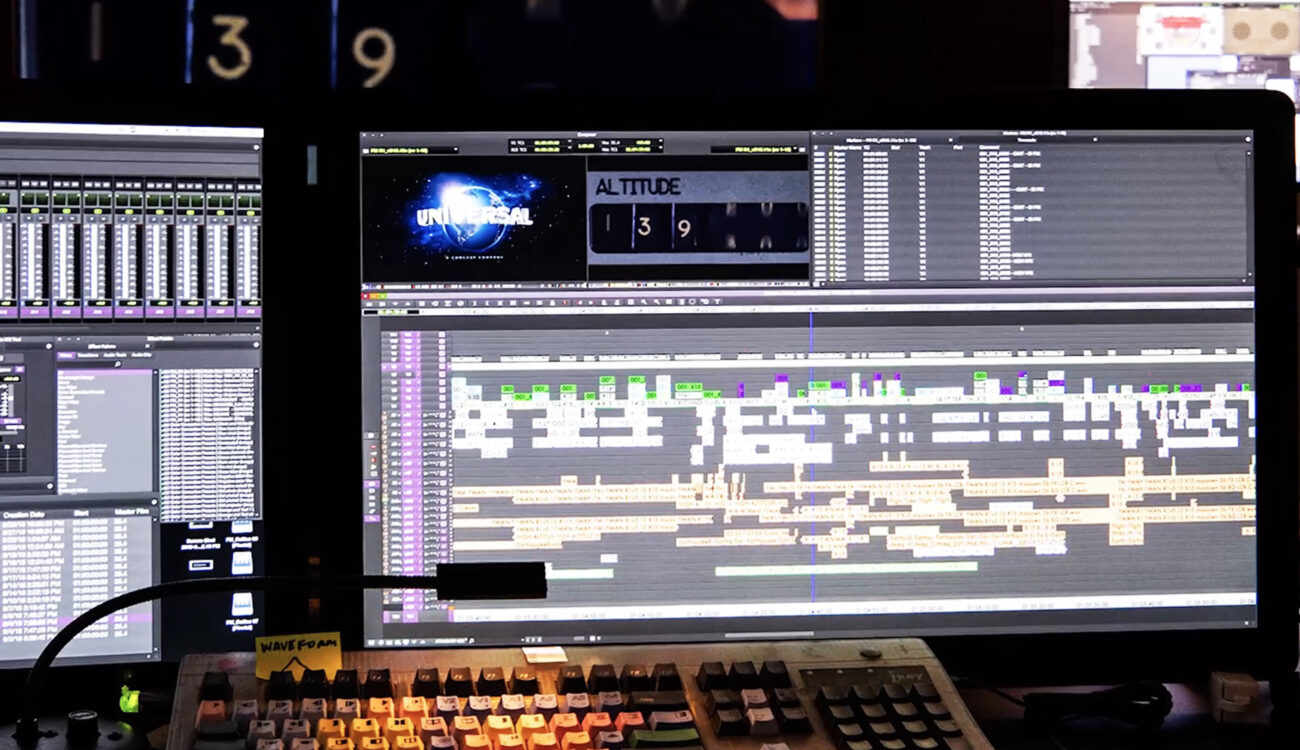
From time to time, I get to edit short videos or corporate films. It’s fun indeed, but not the part where I have to go through 4 hours of footage to choose the tiny pieces I need for a 2-minute video. The tendency to overshoot in these kinds of projects makes the struggle real. However, even Hollywood filmmakers occasionally get 6-hour scene coverage on their plate. That’s what Oscar-winning editor Tom Cross says in his MZed course “The Art & Technique of Film Editing”. How does he tackle this challenge? Are there any tricks? What are the most effective techniques for selecting clips efficiently? I’m curious to find out, and hopefully – so are you.
Tom Cross is best known for his collaboration with director Damien Chazelle, including the breathtakingly edited feature “Whiplash”, the beautiful musical film “La La Land”, and their latest work together – the period black-comedy drama “Babylon”. In his course on MZed.com, Tom gives us his insight into both his technical workflow and creative decisions, deconstructing the different scenes he edited.
Of course, a lot of his tips, tricks, and practices are best applicable to film editing in particular. Yet, when it concerns the process of shot selection, we are all in the same boat – drifting through film material in the hope of getting to the shore of the rough cut soon.
Watch the entire “Art & Technique of Film Editing” course here.
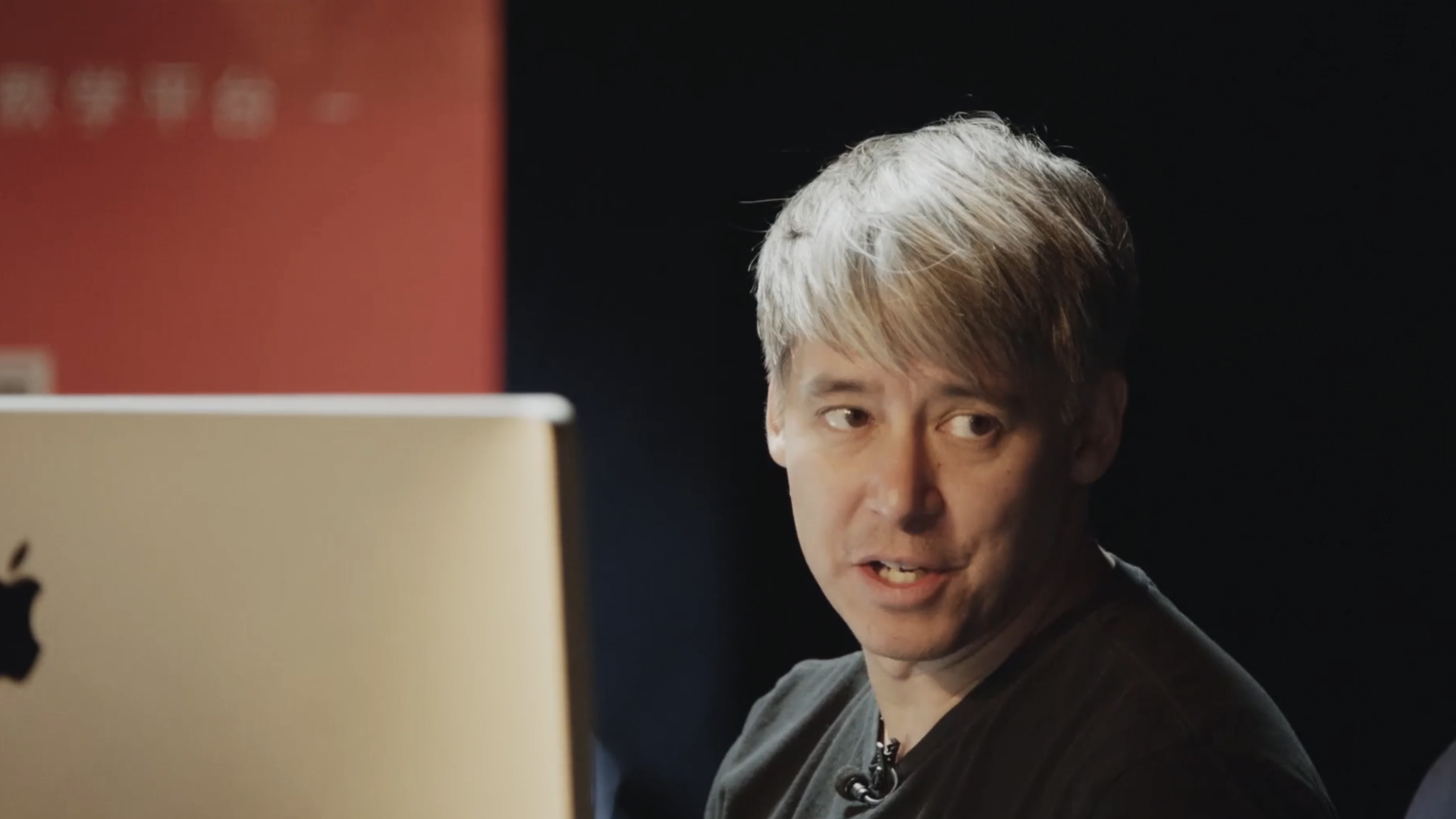
The arrangement of folders for a clip selection
The Art & Technique of Film Editing
Wouldn’t it be nice to have a magic button for a quick and painless clip selection? Sure. Unfortunately – and I know, it will sound bitter – there is none. Footage organization before the editing process is the key here, and we can’t get around it. If you decide to skip arranging your folders, you will lose vast amounts of time later.
Okay, but what is the best way to organize your material? It depends on your software and personal workflow. Tom Cross recommends sorting your dailies by scene and putting each of those into a separate bin. The title of the bin should also include a short description like: “Scene 7 – Rudy finds a doll”. Inside the bin, he likes to use thumbnails and has them arranged by the setup. This means that each line (shown in the screenshot below) represents a different camera angle of this scene (7, 7A, 7B, and so on), putting clips in order from the first to the last take:
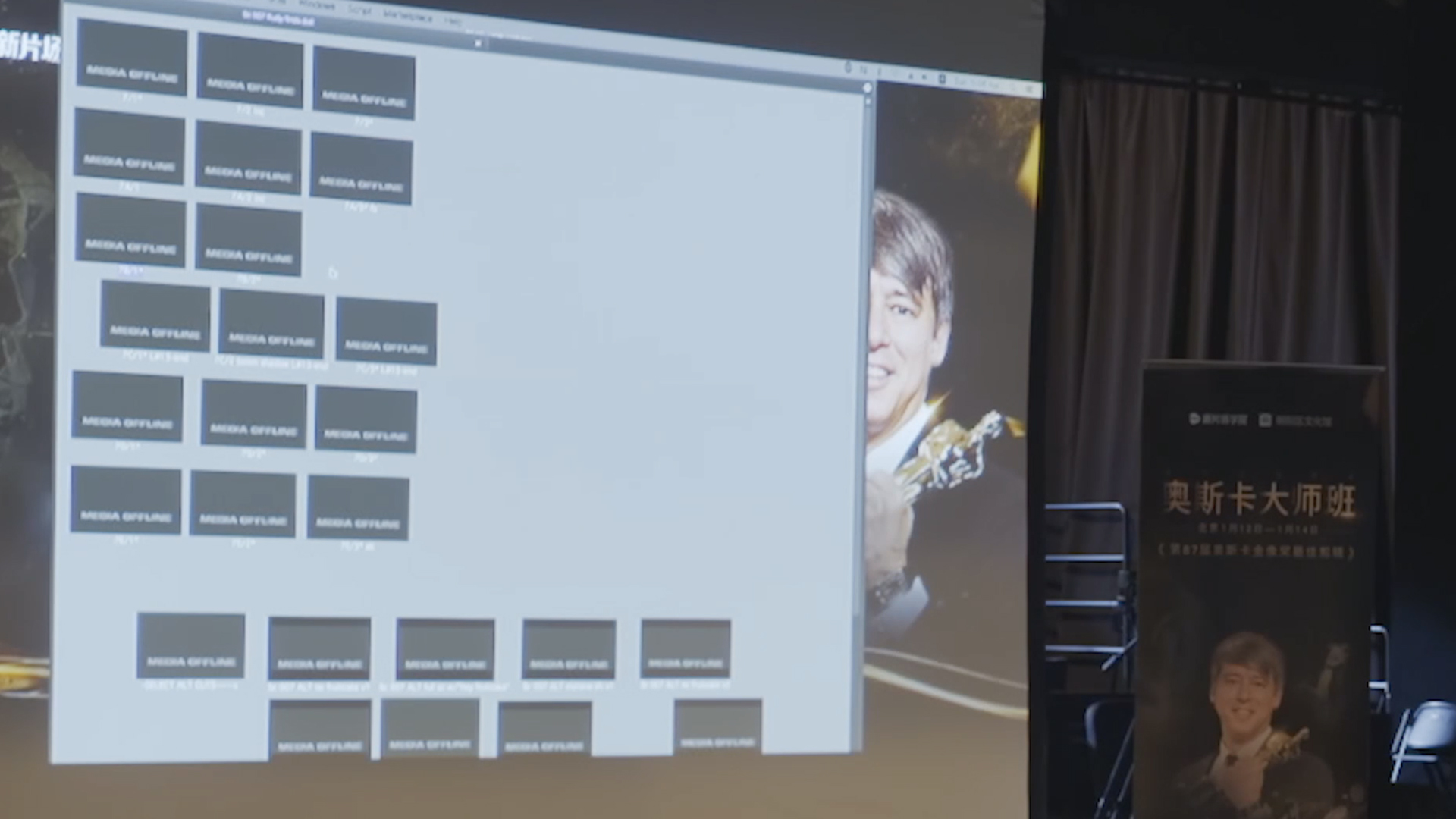
It’s a great suggestion indeed if you work with numbered scenes and clearly defined shots, like in features and narrative short films. But what if your footage is a jumbled mess of run-and-gun recordings or a bunch of non-structured documentary clips? Well, then you have to find another way to break them down into plausible groups. Your folder arrangement may divide up different locations, characters, or action types – anything that can help you quickly detect the exact elements required while editing.
If you’re accustomed to working with metadata and have the necessary patience (or assistants) to add metadata to all the clips, please go ahead. This step will also speed up your clip selection and editing process.
Know your footage!
After you organize your footage, you obviously have to watch it. There is no shortcut here either, even in cases where the film material stretches over hours and you only need a couple of minutes for a scene. Tom Cross can’t stress this enough – it’s your responsibility as an editor to know every frame that was shot. Why? At the very least to be able to say to your producer or client: “I’m sorry, you don’t have this moment, I know for sure.” Or: “Yes, we can solve this problem because I remember seeing something.”
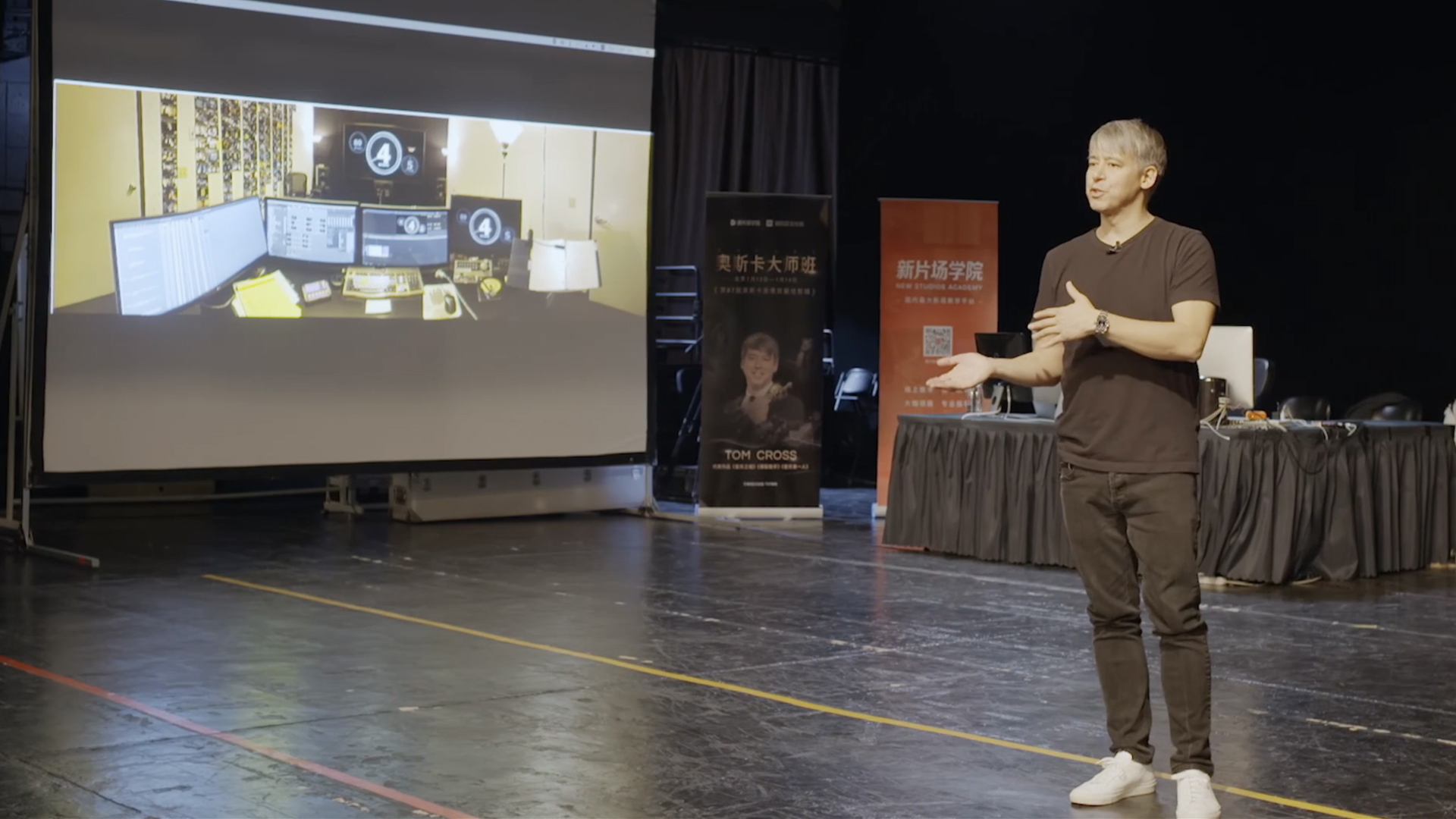
However, there are some tips on how to accelerate this process, and we will share them below.
In his preferred workflow, Tom always starts by looking only at the last take from each camera setup, scene by scene. The last takes are not necessarily the best ones, he admits. Yet, usually, up to this point, filmmakers on set have nailed all the details they want: composition, blocking, camera movement, etc.
Watching each and every existing angle one time will give you a rough idea of everything that was filmed. After that, Tom Cross goes back to the very beginning and starts looking at all the takes and every piece of footage. Because he is already familiar with the material, this time around he can also start with the selection process while he’s looking.
Making a clip selection while watching
After you get your bins in order, it’s time to put all the footage in the timeline. Here, Tom Cross also prefers to make a sequence pro scene because it gives you a good overview of how much material you’re dealing with, and can arrange your scenes from easy tasks (say, a oner with a small number of takes) to difficult work (6 hours of footage for one intense dialogue scene). This way you can start with something simple, get it done quickly, and be warmed up for the more challenging parts. If you don’t have “scenes”, apply this tip to your thematically structured folders from before.
It might sound ridiculously obvious but rule number one is: make your selects directly while watching the material.
I want the process of watching the footage to be as efficient and useful as possible. I don’t have the luxury of looking at the footage and then going back to looking at it again.
Tom Cross, a quote from his course
Do you see something you like while? Mark it in, mark it out. Pull it to a different sequence (a so-called “pancake editing” technique where you stack two timelines one above the other so you can easily drag and drop a selected clip into another sequence). Try to be as specific as possible. Remember: this new sequence should become your select reel and a solid base for your rough cut. So, be very picky.
Some editors also make notes while watching the footage, label clips in different colors, or put marks with short descriptions. There is no universal truth as to which way is better. Just try out different workflows and find the one that’s most efficient and convenient for you.
Tricks to save you time during the clip selection
While you go through the footage scene-by-scene (or folder-by-folder), sometimes you can do it at double speed. By now (hopefully), all editing software has a keyboard shortcut, which is also customizable, so don’t forget to use it. Personally, I change the playback speed quite often, especially when reviewing long interviews or going through particularly overshot scenes.
Tom Cross also mentions that if you have multiple cameras that feature different angles of the same action and character – you can look at them side by side. However, do so only if the cameras show something like two sizes of the same performance. Otherwise, you won’t be able to pay enough attention to each of the actions filmed and might miss some important details.
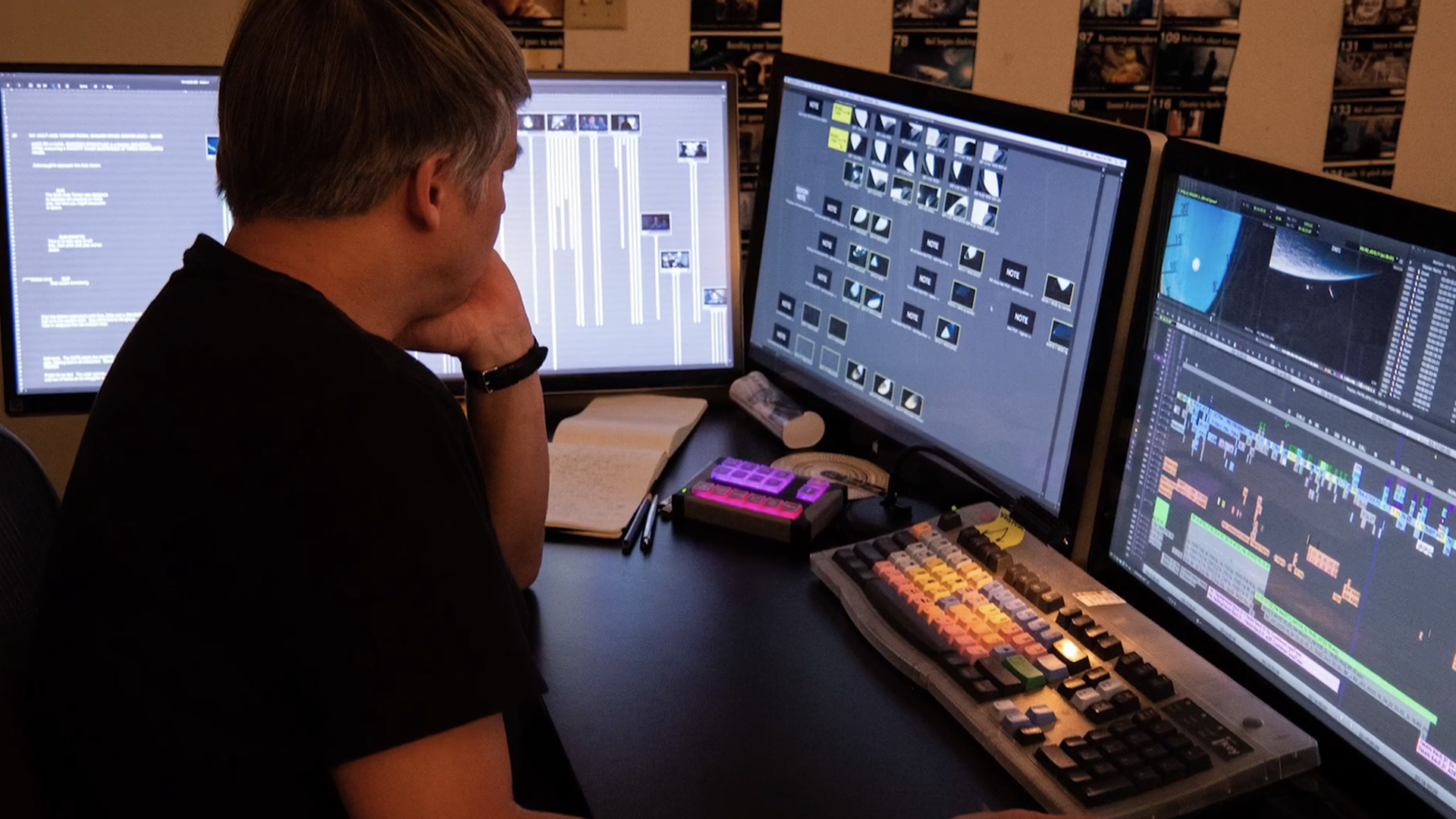
After the clip selection is done
Once you have a new select roll – a sequence featuring the entire clip selection – Tom Cross recommends putting those small pieces in order following the script. Maybe you don’t have a precise screenplay, but even arranging them into a raw video structure will be a huge step for further editing. Firstly, because that way some parts of scenes and moments will almost cut themselves without you intervening. Secondly, you will improve your ability to compare similar selections directly next to each other.
If your edit is based on an interview
If your video has an interview (or multiple interviews) as the main structural element, you can try using another tool for your statement selection. It is called text-based editing. This AI feature is available in almost all major software (Adobe Premiere Pro, DaVinci Resolve, Avid Media Composer). He wrote about it in detail here.
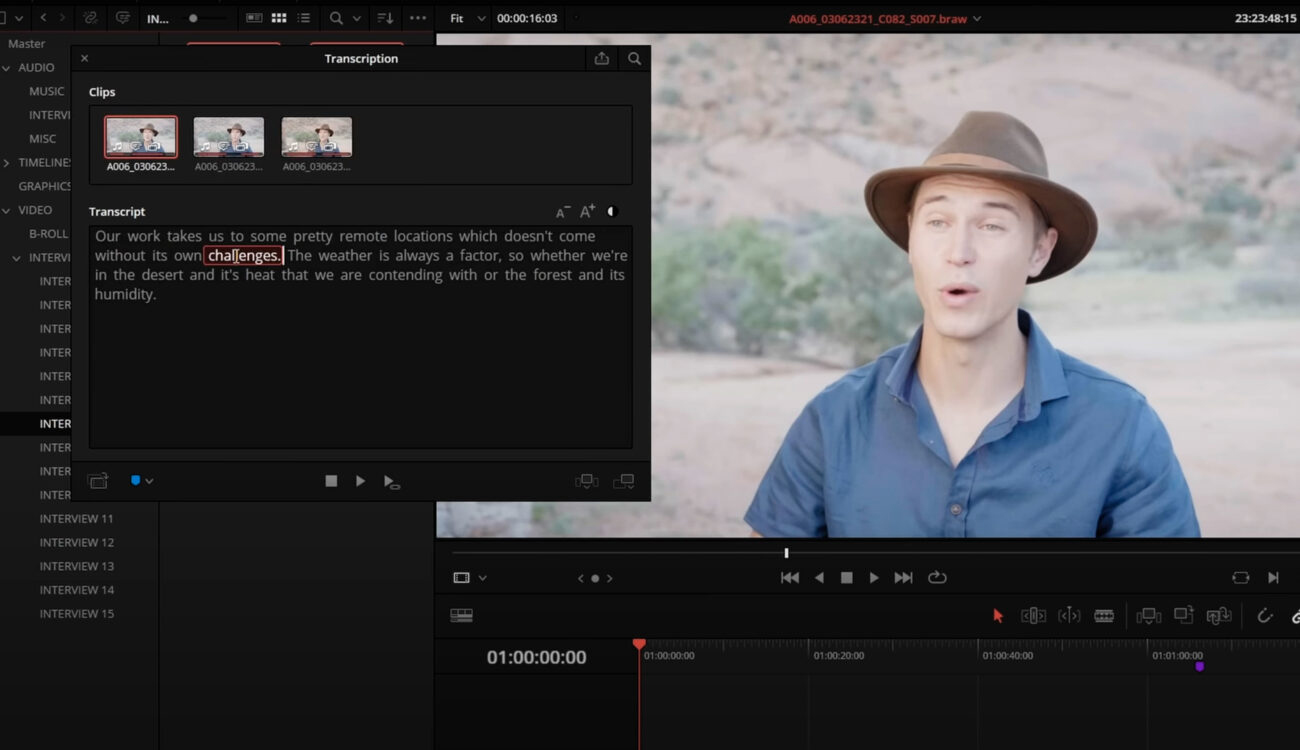
Simply put, this tool allows you to generate a transcript of the interview in one click. After that, you are free to highlight the chosen text portions and simply drag and drop them onto the video timeline in the desired order. This way you can make a selection of the statements very quickly and then dive into the choice of B-roll.
An advanced AVID tool for footage organization
If you’re working on a project of a certain size and editing it in Avid Media Composer, you might be interested in a very specific tool Tom Cross uses in every movie. This feature is called ScriptSync (now also available with an AI option). It will index all text and audible dialog in your project and then sync each source clip to its associated line in the script. Earlier, that had to be done manually by editor’s assistants; now you can also hand this task over to artificial intelligence.
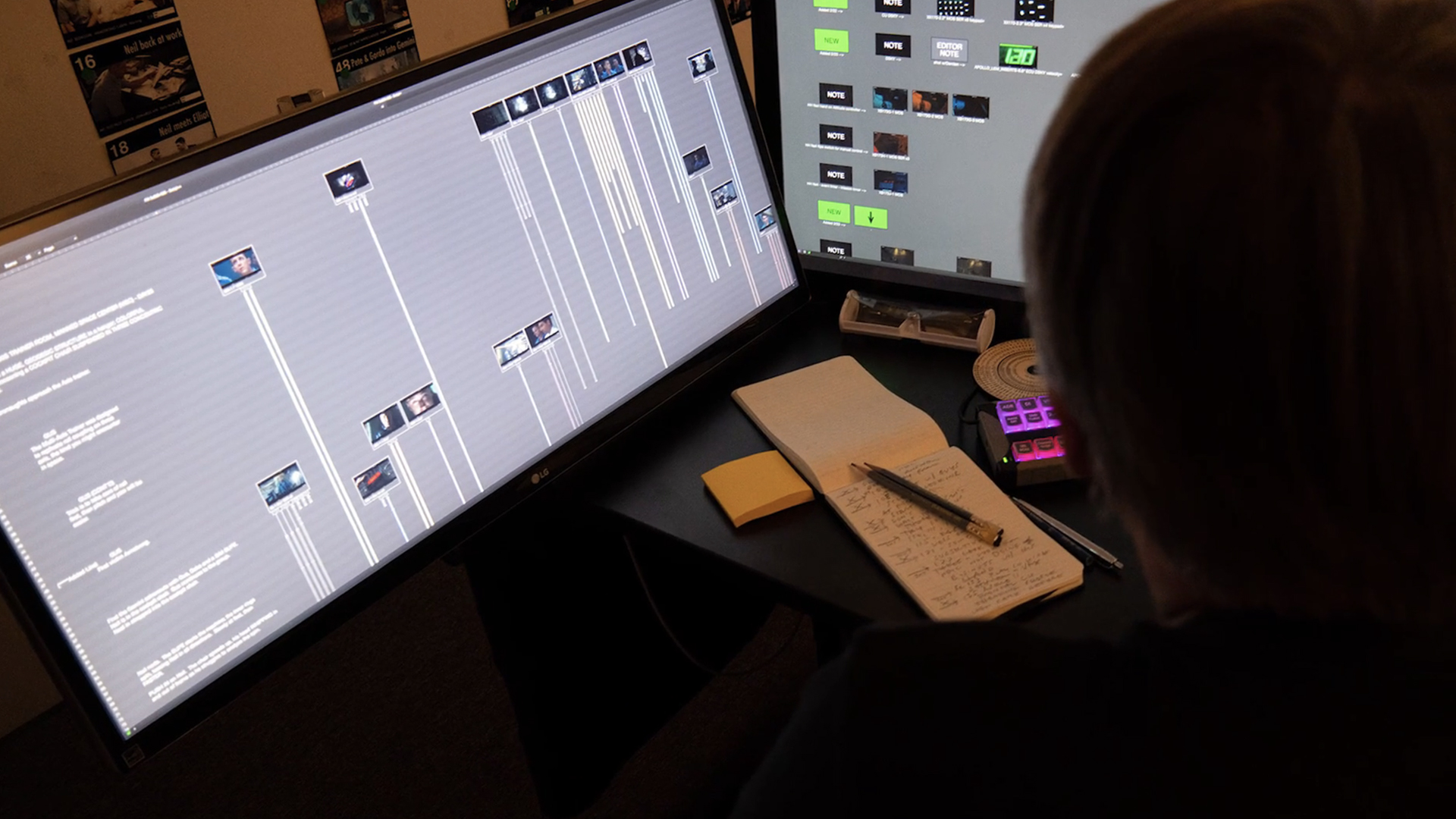
Such digital representation of your film script and all the coverage connected to it could come in extremely handy. With it, you can mark a line of dialog that doesn’t seem to work yet in the edit, and then directly review all the other takes and angles that feature it. Comparing the footage and making a decision now becomes a quick and convenient process.
Conclusion
Regardless of whether you work with Power Bins in DaVinci Resolve, the pancake system in Premiere, or Smart Keywords in Final Cut Pro, the goal is always to organize your footage in a way that makes it easily accessible. So, when making a clip selection, don’t forget to think about where and how you will find those tiny pieces should you need them.
Made it to the select reel and ready for the rough cut? Tom Cross’s course, “The Art & Technique of Film Editing” can guide you through it. With more than 8 hours of content, the editor explains not only why and when to cut, but also breaks down the most remarkable scenes from his big projects. You can watch the course in full on MZed.com.
What do you get with MZed Pro?
As an MZed Pro member, you have access to nearly 300 hours of filmmaking education, plus we’re constantly adding more courses (several in production right now).
For just $30/month (billed annually at $349), here’s what you’ll get:
- 54+ courses, over 850+ high-quality lessons, spanning over 500 hours of learning.
- Highly produced courses from educators who have decades of experience and awards, including a Pulitzer Prize and an Academy Award.
- Unlimited access to stream all content during the 12 months.
- Offline download and viewing with the MZed iOS app.
- Discounts to ARRI Academy online courses, exclusively on MZed.
- Most of our courses provide an industry-recognized certificate upon completion.
- Purchasing the courses outright would cost over $9,000.
- Course topics include cinematography, directing, lighting, cameras and lenses, producing, indie filmmaking, writing, editing, color grading, audio, time-lapse, pitch decks, and more.
- 7-day money-back guarantee if you decide it’s not for you.
Join MZed Pro now and start watching today!
Full disclosure: MZed is owned by CineD
What about you? Do you have your own favorite workflow for the fast clip selection? Share it with us in the comments below!
Feature image source: MZed.



